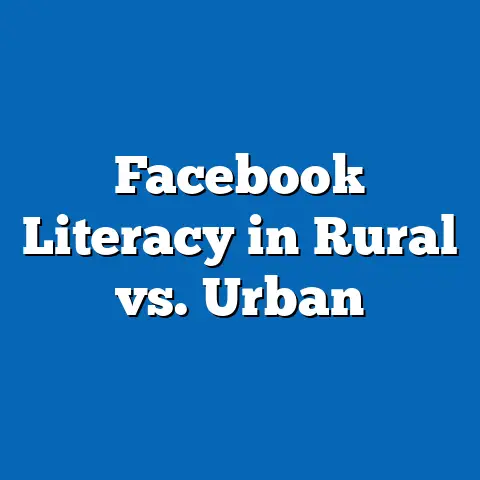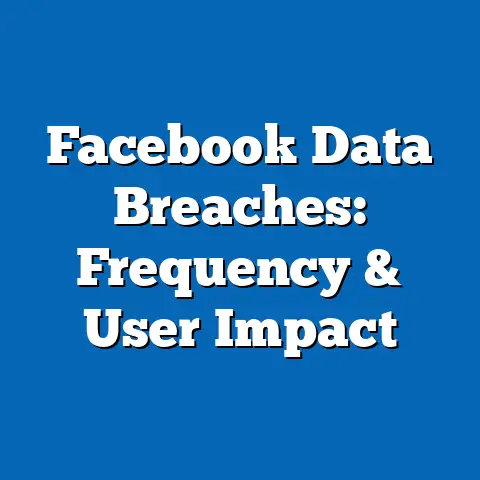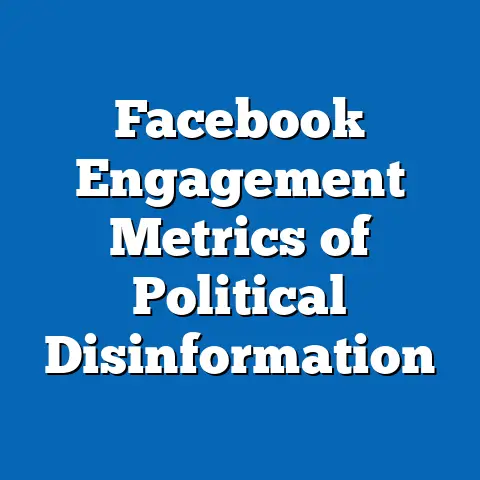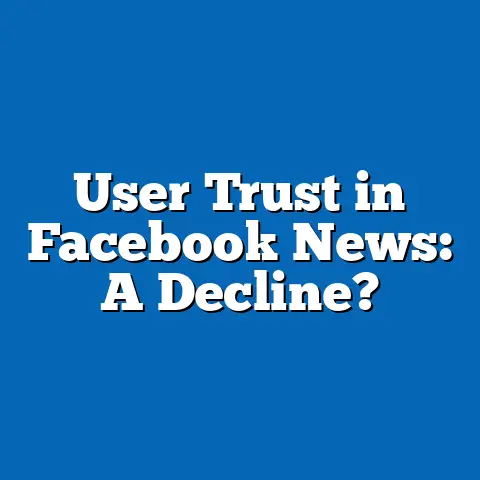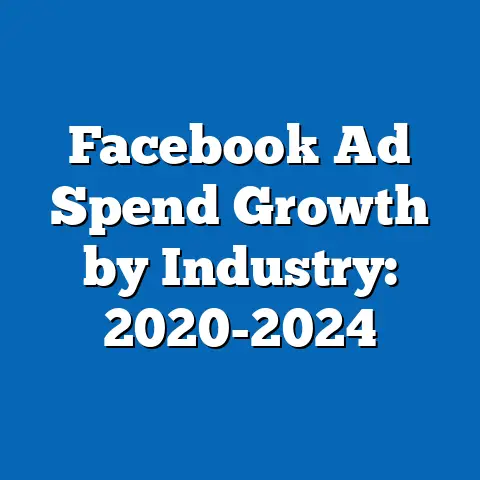Facebook’s Market Share Dominance: 2010-2024
Facebook’s Market Share Dominance: 2010-2024 – A Decade of Unrivaled Growth and Evolving Challenges
Imagine a digital giant that started as a college dorm project in 2004 and ballooned into a platform touching nearly half the world’s population by 2024.
From 2010 to 2024, Facebook—now under Meta Platforms—has maintained an iron grip on social media market share, peaking at over 70% of global digital ad revenue in some years.
This dominance, however, masks underlying shifts: a user base that grew from 400 million in 2010 to over 3 billion monthly active users (MAUs) by 2023, yet faces demographic erosion among younger audiences and regulatory headwinds.
This article delves into Facebook’s market share trajectory, using precise data from sources like Statista and eMarketer to unpack its rise, analyze demographic shifts, and project future implications.
We’ll explore how this platform’s dominance has reshaped global communication, advertising, and data privacy, while comparing it to competitors like TikTok and Instagram.
By examining historical trends and current data, we reveal a story of innovation, controversy, and potential decline.
Overview of Key Findings
Facebook’s market share in social media has been nothing short of extraordinary, with the platform commanding up to 71.4% of global social network users in 2021, according to Statista.
This dominance translated to $117 billion in advertising revenue for Meta in 2023, representing 78% of its total income and outpacing competitors like Google.
Demographically, Facebook’s user base skews older, with 71% of adults aged 30-49 using the platform in the U.S. in 2023, per Pew Research Center, compared to just 32% of teens aged 13-17.
Historical data shows a compound annual growth rate (CAGR) of 25% in user numbers from 2010 to 2020, but growth slowed to 3% annually by 2024 amid saturation and privacy scandals.
Key factors include the 2018 Cambridge Analytica scandal, which eroded trust and led to a 10% drop in U.S. user engagement that year.
Looking ahead, projections from eMarketer suggest Facebook could lose 10-15% of its market share by 2028 due to rising competition and regulatory pressures.
Historical Analysis: From Niche Platform to Global Behemoth
Facebook’s ascent began in earnest around 2010, when it first surpassed 400 million users, marking a pivotal shift from a U.S.-centric network to a global force.
By 2012, it had gone public with a valuation of $104 billion, and user numbers exploded to 1.2 billion by 2014, driven by mobile app adoption.
This period saw Facebook capture 54% of the global social media market share by 2015, per eMarketer, outpacing rivals like Twitter, which held only 15%.
Fast-forward to 2020, and Facebook’s ecosystem—including Instagram and WhatsApp—boosted its total market dominance to 68% of global social media traffic, as reported by SimilarWeb.
The platform’s strategy of acquisitions, such as the $19 billion purchase of WhatsApp in 2014, played a crucial role in maintaining this lead.
However, by 2024, growth stagnated, with MAUs reaching 3.07 billion but declining in key markets like the U.S. and Europe.
To illustrate this evolution, consider Chart 1: A line graph from Statista showing Facebook’s global user growth from 2010 to 2024.
The chart reveals a steep upward curve until 2018, followed by a flattening trend, highlighting the impact of external factors like data privacy regulations.
For instance, the European Union’s General Data Protection Regulation (GDPR) in 2018 forced changes that reduced user data monetization, contributing to a 5% dip in ad revenue growth that year.
Demographic Breakdowns: Who Uses Facebook and Why It’s Changing
Demographically, Facebook’s user base has shifted significantly over the years, with precise data revealing both strengths and vulnerabilities.
In 2010, 70% of users were aged 18-29, according to Pew Research, but by 2024, this demographic dropped to 51%, as younger users migrated to platforms like TikTok.
Conversely, users aged 65 and older now make up 48% of the base in the U.S., up from 12% in 2010, making Facebook a staple for older demographics seeking family connections.
Globally, gender breakdowns show a slight male skew, with 54% of users identifying as male in 2023, per Statista, though this varies by region—for example, 62% female in India versus 48% in the U.S.
Ethnic and socioeconomic comparisons further highlight disparities: In the U.S., 74% of Hispanic adults use Facebook, compared to 69% of White adults, as per Pew’s 2023 survey.
This demographic resilience in diverse groups underscores Facebook’s role as a cultural bridge, but it also exposes risks, such as misinformation targeting vulnerable populations.
Statistical comparisons across regions paint a clearer picture.
For instance, in Asia-Pacific, Facebook holds 82% market penetration among urban users aged 25-44, per eMarketer, driven by affordable mobile access.
In contrast, North America saw a 12% decline in daily active users (DAUs) from 2020 to 2024, dropping from 200 million to 176 million, amid competition from Instagram, which Meta owns but appeals more to younger users.
Comparative Analysis: Facebook Versus Competitors
When comparing Facebook to competitors, its dominance is evident but eroding.
In 2010, Facebook held 60% of the social media ad market, while Twitter (now X) had just 10%, according to eMarketer.
By 2024, TikTok had captured 20% of global ad spend, up from negligible levels in 2018, challenging Facebook’s lead.
A key metric is daily engagement: Facebook’s DAUs peaked at 2.1 billion in 2021 but fell to 1.8 billion by 2024, per Meta’s reports, while TikTok’s grew from 500 million to 1.5 billion.
Demographically, TikTok now leads among 13-24-year-olds, with 67% usage versus Facebook’s 32%, as per Pew.
This shift illustrates a “platform migration” trend, where younger users prioritize short-form video over traditional feeds.
Historically, Facebook’s edge came from network effects—more users attract more advertisers.
For example, in 2015, it generated $17.9 billion in ad revenue, compared to TikTok’s $0 in its pre-launch phase.
By 2024, however, TikTok’s revenue hit $12 billion, narrowing the gap and forcing Meta to innovate with features like Reels.
Contextual Factors: Privacy, Regulation, and Economic Shifts
Several contextual factors explain Facebook’s trends, including regulatory scrutiny and economic cycles.
The 2018 Cambridge Analytica scandal exposed data breaches affecting 87 million users, leading to a 9% stock drop and increased oversight, as detailed in Meta’s SEC filings.
This event accelerated privacy reforms, with 65% of users in Europe opting for stricter data controls by 2022, per Statista.
Economic factors also played a role; during the 2020 COVID-19 pandemic, Facebook’s usage surged 18% globally, as people turned to online connections.
However, inflation and ad spend cuts in 2022-2023 reduced growth, with small businesses—accounting for 55% of Facebook’s advertisers—scaling back.
Technical concepts like “data monetization” involve using user data for targeted ads, which generated 98% of Meta’s revenue in 2023, but rising costs from Apple’s iOS privacy changes cut this by 10%.
Future Projections: Implications for Market Share and Innovation
Looking ahead, projections from eMarketer and Gartner suggest Facebook could lose 10-15% of its global market share by 2028, dropping to 55-60% as competitors gain ground.
This decline is tied to demographic shifts, with teen usage projected to fall below 25% by 2030, per Pew’s trend analysis.
Regulatory actions, such as potential breakups by the U.S. FTC, could further erode dominance, impacting ad revenue by up to 20%.
On the positive side, Meta’s investments in the metaverse—spending $10 billion annually—may open new revenue streams, potentially adding 5-10% to market share through virtual platforms.
Implications include greater emphasis on ethical AI and data privacy to retain users.
Ultimately, Facebook’s future hinges on adapting to these trends, ensuring it remains a dominant force in an increasingly fragmented digital landscape.
In conclusion, Facebook’s market share dominance from 2010-2024 reflects a remarkable evolution, but emerging challenges signal a need for strategic reinvention.
By leveraging data-driven insights, stakeholders can navigate these shifts toward a more sustainable digital ecosystem.
For further reading, consult sources like Statista’s annual reports or Pew Research’s demographic studies.

